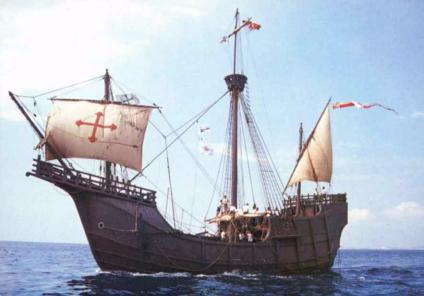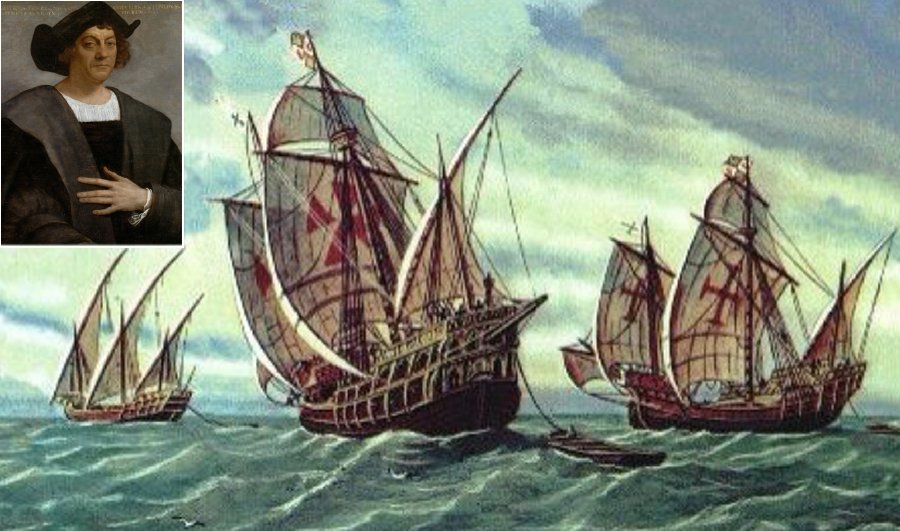

The Nina was a nickname, and it was not uncommon for Spanish vessels to follow this system. Saint Clare of Assisi, also known as Santa Clara, was the patron saint of good weather, among many other things. Some think the Gallega, which means Galician, indicates the ship was built in Galicia in Spain.Īs for the Santa Clara, that was the true name of the Nina. It’s believed by some that he obtained the Gallega and changed the name himself. Recorded the name of the Santa Maria in his writing, only the names of the other two vessels. Santa Gallega or La Gallega was the name of the Santa Maria before Columbus’s voyage. So what were the Santa Clara and the Santa Gallega?

Ship NamesĪs we all know, the ships were the Nina, the Pinta and the Santa Maria. There were 20 men on the Nina and 26 on the Pinta. Part of the reason was, of course, that they were so light on crew as well.

A lateen sail is basically a triangular sail set at a 45 degree angle to the deck.īoth of the caravels were lightweight and rode high in the water. They made use of lateen sails which greatly helped their performance. Sleek and fast, they were skilling at sailing upwind. The smaller caravels were very popular in Columbus’ day, the sports cars of the sea. Each was likely a second hand merchant ship, the best that could be obtained at the time to be fast enough and reliable enough to do the job. None of the three ships were ever explicitly intended for exploration. Sleeping quarters were not included, the crew would have slept on the deck. Each ship carried supplies for their crews. The Nina and the Pinta were known as caravel vessels. The flagship Santa Maria was a carrack that displaced about 100 tons. The Santa Maria’s deck was around 58 feet and was the largest of the three, meant for carrying cargo. The Nina clocked in at about 50 feet of deck length. The Pinta had a deck length of only 56 feet. The Nina and the Pinta were both very small. These were not the mighty seafaring vessels some might have expected them to be. They were la Santa Clara (Niña), la Pinta and la Santa Gallega (Santa Maria). The Story of Christopher Columbus’ ShipsĬolumbus set sail with three vessels. They found a new land that no one had expected to be there. He realized right away that they hadn’t found the Orient. The problem was he thought it was a lot smaller than it truly is and that it would be a shortcut to China and India. The reason Columbus headed West was because everyone knew the world was round. Keep in mind, the popular story many people hear was that either Columbus thought the world was flat or that he thought he found China. The voyage was funded by the crown but it still must have seemed daunting at best to a crew who had never heard of anyone doing what they were about to do.

He took three ships and a crew of 86 sailors. It was August of 1492 when Columbus set sail. Just how did Columbus make the journey that only a handful of Vikings had ever made before? When Columbus Sailed for the Americas But there’s one part of the story that not enough people pay attention to and that’s the ships themselves. Gone are they days when people thought Columbus thought the world was flat. The story has evolved over time to take a more realistic and practical view of the trip. Most schoolchildren learn the tale of Christopher Columbus and his historic voyage across the ocean.


 0 kommentar(er)
0 kommentar(er)
